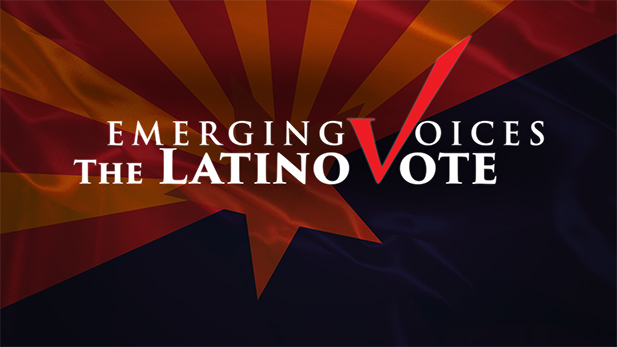
Listen:
Thirty percent of Arizona's population identified itself as Latino in the last U.S. census, making it the state's largest and fastest-growing minority group.
In Pima County, nearly 35 percent self-identified as Latino, or jn Census parlance, "Hispanic." Most Arizona Latinos are of Mexican descent.
Chart created from 2010 Census data
The 1980s were considered the “Decade of the Hispanic,” said University of Arizona political scientist John Garcia, himself a Latino.
“The presence and the impact of this community was now going to be more visible at the national level,” Garcia said. “ The impact has still not lived up to expectations in terms of being a major player nationally.”
In the 2012 general election half the Latinos eligible to vote in Arizona were registered, but a much smaller number actually voted.
Political research organization Latino Decisions reported Latino turnout was 42 percent of registered voters– one in five eligible Latino voters cast ballots.
Top 5 Reasons Latinos Gave for Not Voting
1. Too busy, scheduling conflict.
2. Not interested
3. Forgot to vote
4. Reason not listed
5. Illness or disability
Source: U.S. Census Bureau, Current Population Survey, November 2014
One example of an eligible voter who fits the trend is 23-year-old Arturo Pimienta. He said politics were never part of the conversation at home or with friends.
“It is an uninteresting topic,” Pimienta said. “I would rather talk about cars more than voting or politics.”
Political campaigns say they are aware of a feeling among Latinos that they don’t matter to politicians, but are working to change that attitude.
If we don’t, as Hispanics, get involved, get out and vote, we will never have a voice and that is the reality,” said Ana Pereira, the Hispanic outreach director for Republican Senator John McCain’s re-election campaign.
“I know it is very cliché that you hear if you don’t vote you don’t have a voice but it is true. If we don’t vote they are never going to pay attention to our complaints.”
Among Latinos, millennials, those born between the 1980s and early 2000s, are the fastest growing group.
Fewer than half of Latino millennials eligible to vote went to the polls in 2012 and 62 percent of all eligible millennials voted.
“Our young folk, in the age group millennium and down, are the lowest voting group,” said Rep. Raúl Grijalva. “So there is work to be done there and that work is being undertaken.”

By submitting your comments, you hereby give AZPM the right to post your comments and potentially use them in any other form of media operated by this institution.